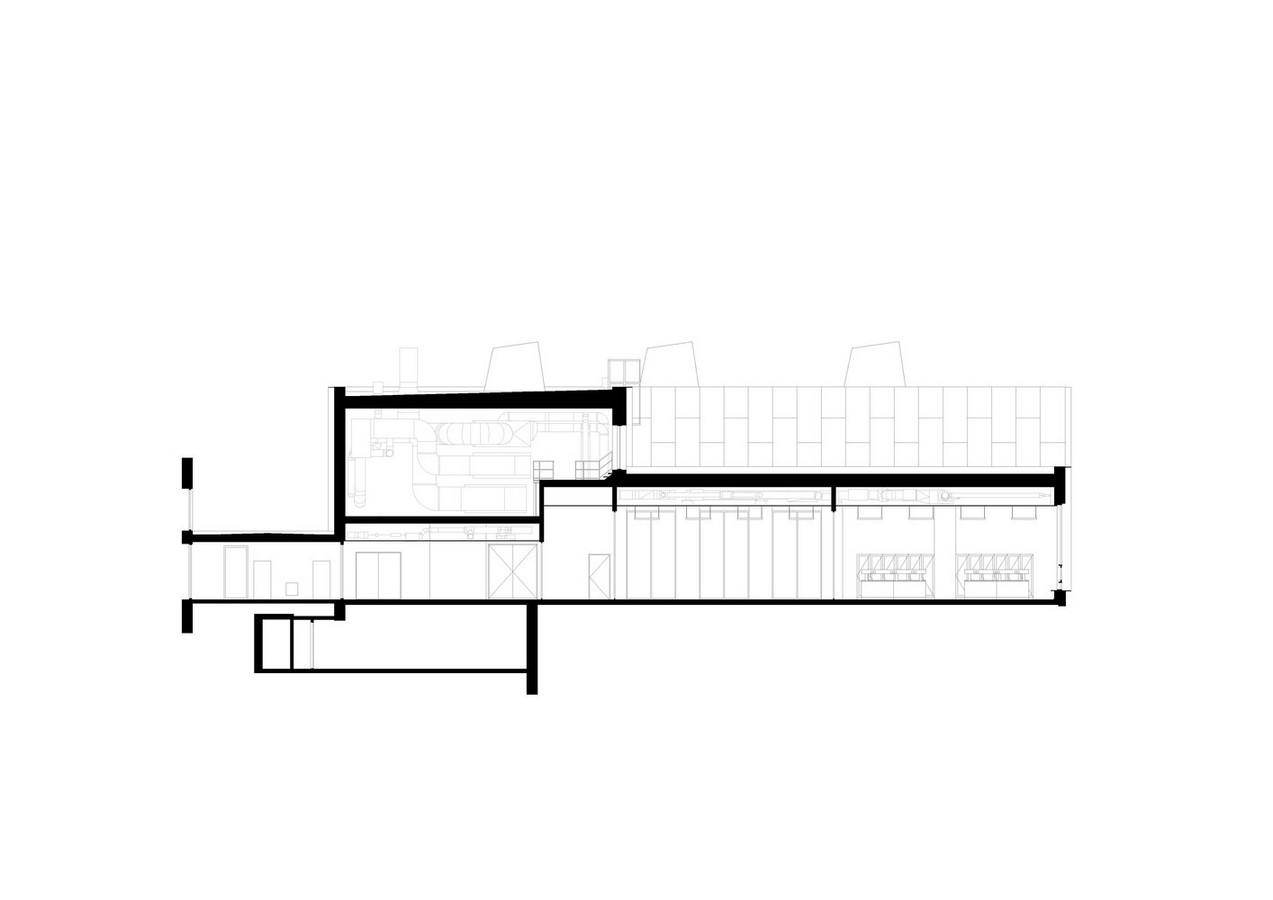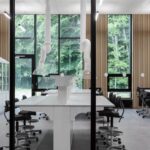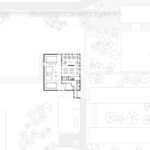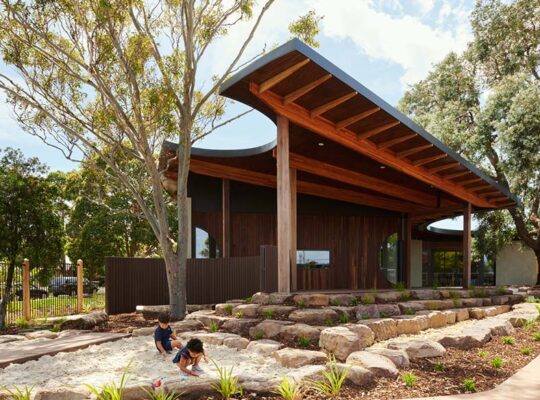Introduction
The B357 Research Hub, designed by Christensen & Co. Architects, serves as a dynamic space for knowledge sharing and research advancement. Situated within the DTU Electro Institute, this facility enhances the university’s expertise in electromagnetic systems research while providing a home for students and researchers.

Collaborative Research Environment
At the heart of B357 is a commitment to fostering interdisciplinary collaboration among researchers, businesses, and students. The building features state-of-the-art research facilities, including radio-silent laboratories, meeting spaces, and classrooms, designed to facilitate knowledge exchange and innovation.

Flexibility and Accessibility
The architecture prioritizes flexibility, with clear visual connections between test areas and study spaces. This design allows for expanded research opportunities, enabling students, external partners, and renowned organizations like NASA, the European Space Agency, and Boeing to access advanced testing facilities for microwave technology.

Sustainability and Performance
Driven by a commitment to sustainability, B357 incorporates high-performance design elements aligned with the UN Sustainable Development Goals. Achieving Gold classification within the DGNB system, the building integrates sustainable solutions such as modified facades, temperature regulation in laboratories, and vibration-free foundations to ensure precise research outcomes.

Multi-Purpose Interior Design
The interior layout caters to diverse user needs, providing both collaborative spaces for student gatherings and individual work areas. Furniture designs, including lounge seating and cafe-style setups with built-in charging points, promote student engagement and productivity, complemented by proximity to campus amenities like the canteen.

Cutting-Edge Research Facilities2
As an expansion of the existing DTU ETC, B357 boasts cutting-edge testing capabilities, including four test chambers catering to various research needs such as antenna testing and circuit analysis. Stringent environmental controls ensure optimal testing conditions, maintaining precise temperature and humidity levels throughout the year.

Conclusion
The B357 Research Hub stands as a testament to innovation and collaboration in research architecture. By providing a platform for interdisciplinary exchange and offering advanced testing facilities, it advances the university’s research capabilities while nurturing a culture of sustainability and excellence in academic endeavors.
























